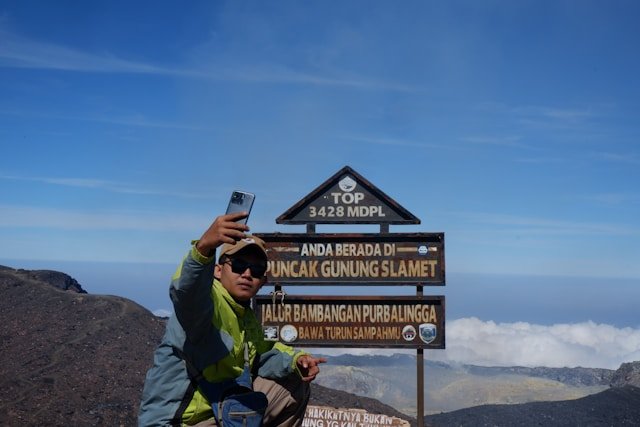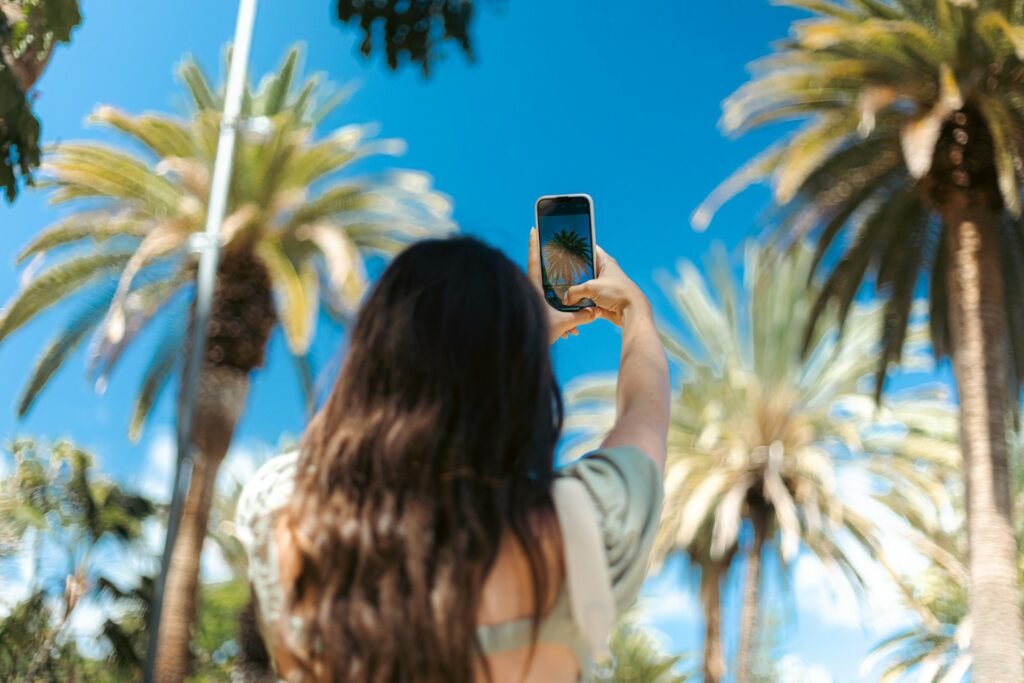
Are Travel Influencers the New Travel Journalists?

Travel is special. It lets you get a unique window into different worlds and cultures, and facilitates experiences that are permanently burned into memory, reminding us just how interesting humanity is in all corners of the globe. Traditionally, travel journalism has been at the core of committing this exploration to a media form, providing readers with insights, tips, and stories from far-off lands. However, with the rise in accessibility of travel, combined with social media’s domination of our everyday lives, a new breed of wayward storytellers have emerged: travel influencers.
This article will ask and answer the question of whether travel influencers are the new travel journalists, examining their roles and impact in creating narratives about adventure.
The Evolution of the Travel Journalist
You could argue that travel journalism began in the fifteenth and sixteenth centuries, with the accounts of explorers being widely circulated with the assistance of the printing press. “Vivid tales of distant lands and exotic peoples” were some of the first tastes that European audiences got to unfamiliar countries, and sparked a fascination and obsession that continues to this day.
In the modern era, travel journalists are renowned for their transformative writing and photography that aims to capture different cultures through word and image. Publications like National Geographic, Condé Nast Traveler, and Lonely Planet have set the gold standard for travel content through their combination of factual reporting and engaging narratives. Audiences can explore and plan for holiday destinations through looking at vetted restaurants and hotels, or just daydream about a potential getaway.
To this end, travel journalists are held to high journalistic standards and have to undergo rigorous training. Ethical guidelines require well-researched and balanced stories, especially if the reader has limited knowledge of the culture being written about. Their work is typically backed by reputable publications that ensure accuracy and credibility, which also prioritize depth, context, and journalistic objectivity.
The Rise of the Travel Influencer
The advent and massive popularity of social media platforms like Instagram, YouTube, and TikTok has democratized content creation, which means that anybody with a smartphone can share their travel experiences with a global audience. Gone are the days where you needed editorial approval to share your experiences with an audience of potential millions, or where ethical standards extended beyond Titoki’s terms of service. Travel influencers have capitalized on this trend, using their personalities and ability to tell compelling narratives to attract followers and monetize content without oversight.
Unlike traditional travel journalists, influencers approach travel from a personal angle with immediacy at the heart of their content. Influencer travel media is generally characterized by personal anecdotes and interactive audience engagement, making their content relatable to audiences who seek authenticity and immediacy. The true benefit here is extending the fantasy of travel to the audience individually, and allowing everyone watching each video to feel as if they, too, could go on the same journeys as the influencer.
Comparing Credibility: Influencers vs. Journalists
One of the main criticisms of travel influencers is the potential for biased, unverified, or overly commercialized content. Without the backing of reputable publications, influencers don’t have anybody to answer to but their sponsors, and often solely rely on these companies for their income. This commercial aspect baked into the livelihood of many travel influencers can compromise perceived authenticity and credibility of their recommendations, especially if this is not very clearly disclosed in the content itself.
Travel journalists are held to strict guidelines that aim to ensure unbiased reporting. Disclosure of any sponsored content is necessary to maintain a level of objectivity in their writing, and this commitment to integrity enhances their credibility. Additionally, journalists typically have the expertise that comes with a formal qualification, such as a masters degree in journalism online, equipping them with the skills to report and educate at a highly-skilled level.
The Impact of Travel Influencers
If you compare the costs of air travel in inflation-adjusted figures between now and 30 years ago, you’ll find that it has become much cheaper to jet-set almost anywhere in the world. Combined with the relatable and engaging content of travel influencers, audiences can be inspired to explore new destinations that they might not have considered before, highlighting lesser-known spots, and broadening horizons.
This can have a huge impact on the destination, particularly economically. Destinations featured on social media can see massive surges in demand for air travel, accommodation, activities, tour guides, and souvenirs, which all create jobs and inject money into local economies. This impact hasn’t gone unnoticed, with tourism boards and travel companies increasingly partnering with influencers for promotional campaigns.
Travel influencers can also promote cultural exchange between their audience and the places they visit, although this comes with a huge responsibility especially given their lack of journalistic oversight. Controversies around influencers promoting stereotypes, purposefully or not, are unfortunately all too common and highlight the need for mindfulness and education of influencers about cultural sensitivity.
The Future of Travel Storytelling
There’s no clear ‘winner’ between travel influencers and traditional journalists, they’re just held to different standards as they produce different kinds of content. Rather than seeing one as a replacement for the other, it’s more productive to see them as complementary to one another, as there will always be demand for both kinds of content. There is potential for the two to bring their strengths to the table through collaboration: influencers can benefit from the storied experience and writing skills of journalists, while journalists can learn from the engagement strategies and creativity of influencers. Collaborations of this nature can result in rich, multi-dimensional travel content that can touch many different audiences and lead to larger narratives that are greater than the sum of their parts.
Are travel influencers the new travel journalists? There is no yes or no answer to this. Influencers have transformed the way we look at and consume travel content, but travel journalism hasn’t lost its value or relevance. Both are forms of storytelling that have their strengths and supporters and can coexist, but the key lies in embracing the best of both worlds to create content that enriches the travel experience for audiences worldwide.
Feature Photo by Look Studio on Unsplash






































